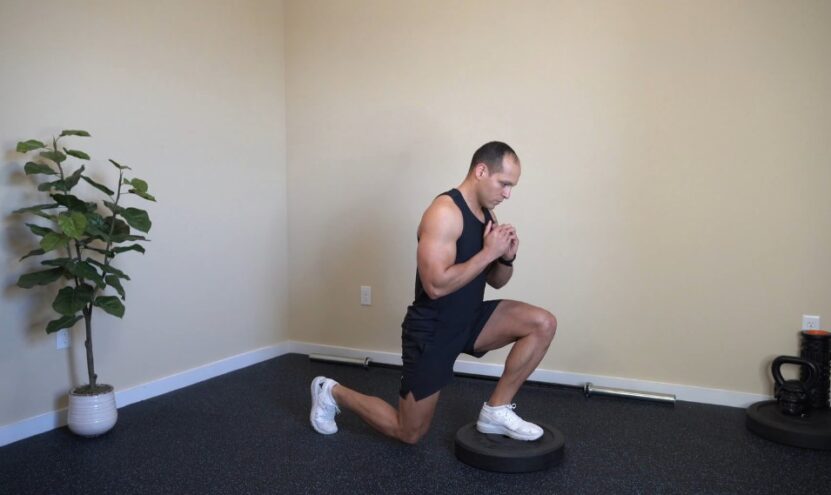Leg day. The day we all dread and yet somehow love. You know it’s going to hurt, but you also know it’s going to be worth it.
Among so many exercises that promise Herculean legs, elevated reverse lunges have been making a buzz. Are they the magical unicorn of leg workouts, or just another fitness fad?
Let’s find out, shall we?
What Elevated Reverse Lunges Work?
For those unfamiliar, elevated reverse lunges are a variation of the traditional lunge. Instead of stepping forward, you step back, and instead of doing it on flat ground, you elevate your front foot.
Sounds simple, right? But like all things in fitness, the devil is in the details.
Why You Should Consider Elevation
- Increased Range of Motion: Elevating your front foot allows for a greater range of motion. This means your glutes and hamstrings get a better stretch and, in theory, a better workout.
- More Intense Workout: That extra range of motion isn’t just for show. It makes the exercise tougher, which means your muscles have to work harder.
- Balance and Stability: Adding elevation challenges your balance. It’s like asking your legs to juggle while riding a unicycle. You get the drift.
Effectiveness In Muscle Engagement
So, which muscles get the love here? Elevated reverse lunges target the quads, hamstrings, and glutes primarily. But wait, there’s more! Your calves, core, and even the muscles in your feet get in on the action.
It’s a full lower-body workout masquerading as a simple lunge. It is unique and highly effective.
Benefits of Elevated Reverse Lunges
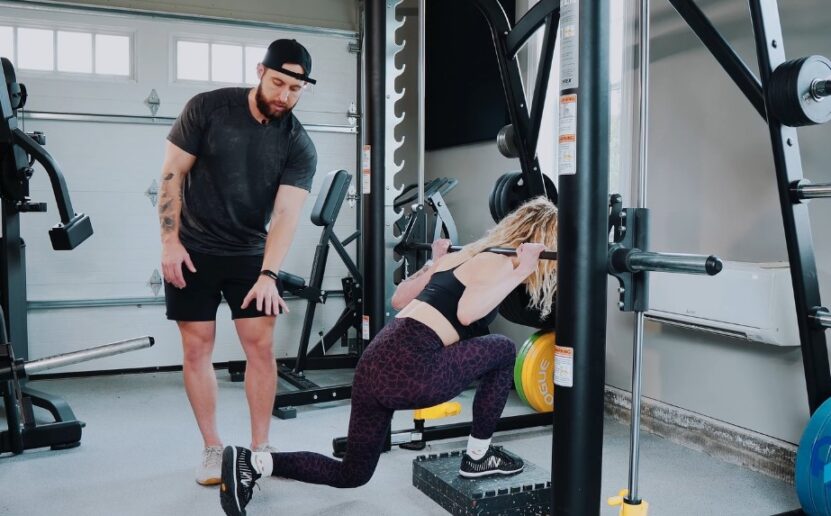
1. Enhanced Strength and Power
By pushing your muscles to work through a greater range of motion, you’re essentially telling them, “Hey, get stronger!” And guess what? They listen.
2. Improved Flexibility
Regularly performing elevated reverse lunges can help improve your hip flexibility and your vertical jump. Think of it as giving your hips a daily pep talk.
3. Better Balance
If you’ve ever wobbled and weaved trying to complete a set, you know balance isn’t just for gymnasts. These lunges help improve your proprioception – that’s fancy talk for knowing where your body is in space.
4. Versatility
If you’re a beginner or an advanced lifter, you can adjust the difficulty. Increase the height of the elevation, add weights, or slow down the movement. The possibilities are truly endless, it all depends on how creative you are.
The Downsides
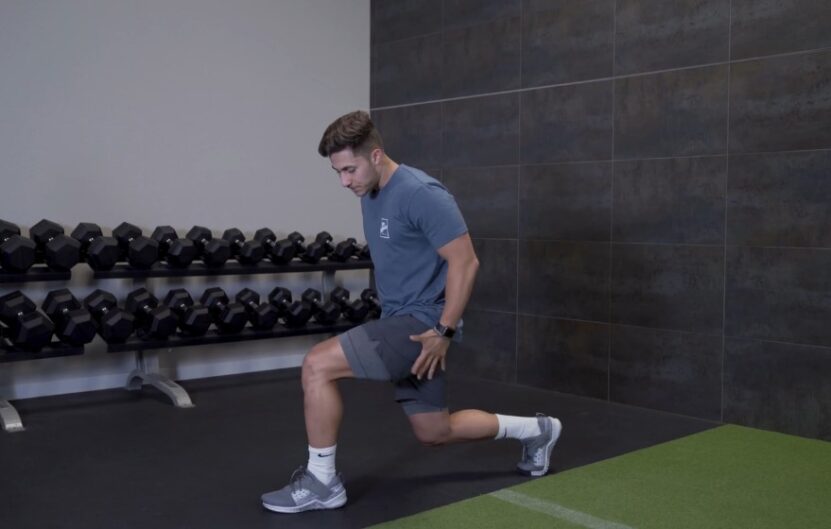
1. Risk of Injury
With a great range of motion comes great responsibility. If you’re not careful, you could easily tweak something. The knees and lower back are the usual suspects.
2. Requires Equipment
You need something to elevate your foot. A step, a bench, a box – it’s not rocket science, but it’s another thing to think about.
3. Coordination Challenge
If your coordination is poor, you might find this move a bit tricky. But hey, practice makes perfect.
How to Perform Elevated Reverse Lunges
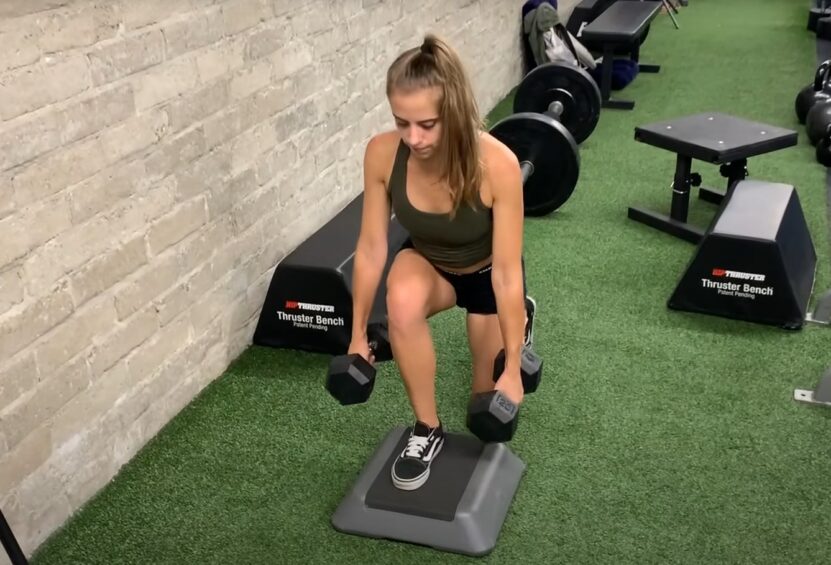
- Set Up: Find a stable surface to elevate your front foot. A step or a low bench works well.
- Position: Stand with your front foot on the elevation and your other foot on the ground.
- Lunge: Step back with your rear foot, lowering your hips until both knees are bent at about 90 degrees.
- Push Back: Push through your front heel to return to the starting position.
- Repeat: Aim for 3 sets of 10-12 reps on each leg. Or until you feel like your legs might fall off – whichever comes first.
Common Mistakes
- Knee Over Toes: Don’t let your front knee travel too far forward. It should stay in line with your ankle.
- Rounded Back: Keep your back straight. No slouching allowed.
- Too Fast: Control the movement. This isn’t a race.
- Too Shallow: Make sure you’re getting that full range of motion. Half-hearted lunges lead to half-hearted results.
Variations to Spice Things Up
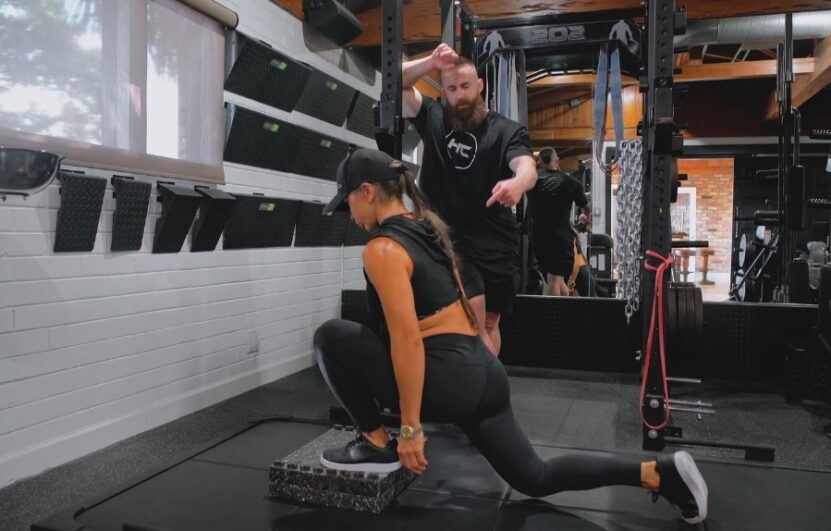
Weighted Elevated Reverse Lunges
Hold dumbbells or a barbell to add resistance, or use resistance bands. This will make the exercise harder, but it will also make it more effective.
Pause Reps
Pause at the bottom of the lunge for a few seconds. Feel the burn. Love the burn. It’s a clear sign that you’re doing it the right way.
Explosive Lunges
Push up explosively from the bottom of the lunge. Great for power development.
Incorporating Elevated Reverse Lunges into Your Routine
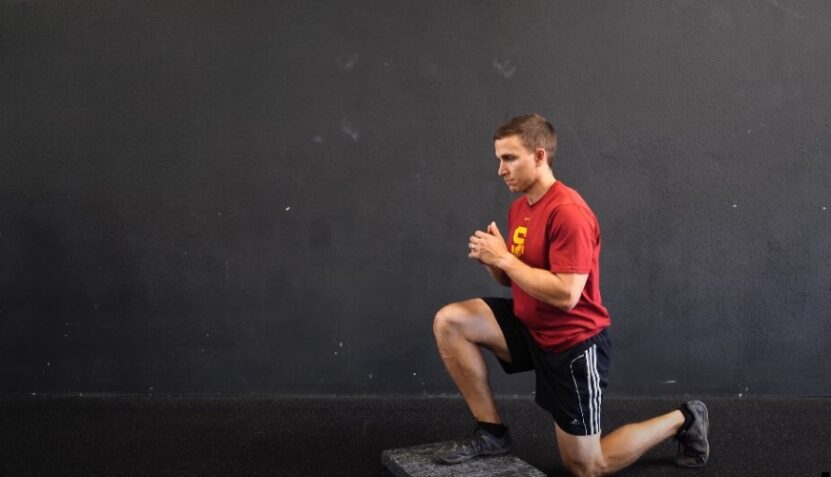
- Warm-Up: Start with some dynamic stretches and light cardio. You don’t want to jump into lunges cold. It will just increase the risk of injuries, and you don’t want that.
- Mix and Match: Combine them with other leg exercises like squats and deadlifts. Variety is the spice of life, and of leg day.
- Cool Down: Don’t forget to stretch afterward. Your muscles will thank you. Stretching is also highly beneficial after every type of physical activity, so don’t forget to do it.
How These Exercises Helped Me
When I first decided to test the hype myself I found out this exercise is much harder than it actually looks. My quads screamed, my glutes grumbled, and my balance was tested.
But after a few weeks, I noticed a real difference. My legs felt stronger, my balance improved, and I didn’t dread leg day quite as much. Well, almost.
Final Thoughts
Elevated reverse lunges are a powerful tool in your leg day arsenal. They offer a range of benefits from strength gains to improved balance and flexibility. However, they require careful execution and a bit of coordination.
So, are they worth adding to your routine? Absolutely. Just don’t be surprised if you find yourself wobbly and sore at first. It’s all part of the fun. So next leg day, give elevated reverse lunges a go.
Your legs might hate you temporarily, but they’ll thank you later. Or at least, they won’t complain as much. And really, isn’t that the best we can hope for?

